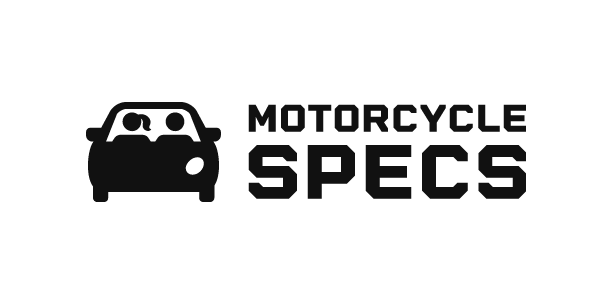Maintenance Safety
Always read the maintenance instructions before you begin each task, and make sure that you have the tools, parts, and skills required. We cannot warn you of every conceivable hazard that can arise in performing maintenance. Only you can decide whether or not you should perform a given task.
Follow these guidelines when performing maintenance.
● Stop the engine and remove the key.
● Place your vehicle on a firm, level surface using the side stand, center stand or a maintenance stand to provide support.
● Allow the engine, muffler, brakes, and other high-temperature parts to cool before servicing as you can get burned.
● Run the engine only when instructed, and do so in a well-ventilated area.
Note:
(I) Inspect (clean, adjust, lubricate, or replace, if necessary)
(C)Clean
(R)Replace
Notes:
*1 : At higher odometer reading, repeat at the frequency interval established here.
*2 : Service more frequently when riding in unusually wet or dusty areas.
*3 : Service more frequently when riding in rain or at full throttle.
*4 : 50 STATE (meets California).
*5 : Replacement requires mechanical skill
Battery maintenance
Your vehicle has a maintenance-free type battery. You do not have to check the battery electrolyte level or add distilled water. Clean the battery terminals if they become dirty or corroded. Do not remove the battery cap seals. There is no need to remove the cap when charging.
Cleaning the Battery Terminals
- Remove the battery.
- If the terminals are starting to corrode and are coated with a white substance, wash with warm water and wipe clean.
- If the terminals are heavily corroded, clean and polish the terminals with a wire brush or sandpaper. Wear safety glasses.
- After cleaning, reinstall the battery.
The battery has a limited life span. Consult your dealer about when you should replace the battery. Always replace the battery with another maintenance-free battery of the same type.
Charging
If you use electrical accessories that drain the battery or you do not ride frequently, we recommend that you charge the battery every 30 days using a charger designed specifically for your Honda, which can be purchased from your dealer. Read the information that came with your battery charger and follow the instructions on the battery. Avoid using an automobile-type battery charger, as these can overheat a motorcycle battery and cause permanent damage. Make sure the ignition switch is in the OFF position before charging the battery.
Fuses maintenance
Fuses protect the electrical circuits on your vehicle. If something electrical on your vehicle stops working, check for and replace any blown fuses.
Turn the ignition switch to the OFF position to remove and inspect fuses. If a fuse is blown, replace with a fuse of the same rating. For fuse ratings, see “Specifications.”
Engine Oil maintenance
Engine oil consumption varies and oil quality deteriorates according to riding conditions and time elapsed. Check the engine oil level regularly, and add the recommended engine oil if necessary. Dirty oil or old oil should be changed as soon as possible.
# Selecting the Engine Oil For recommended engine oil, see “Specifications.”
If you use non-Honda engine oil, check the label to make sure that the oil satisfies all of the following standards:
● JASO T 903 standard
● SAE standard: 10W-30
● API classification: SG or higher
Recommended Specifications engine oil PCX150
API Service Classification SG or higher exceptoils labeled as energy conserving or resourceconserving on the circular API service label, SAE10W-30, JASO T 903 standard MB, Pro HondaHP4M 4-stroke oil or an equivalent motorcycleoil













how to start engine with key